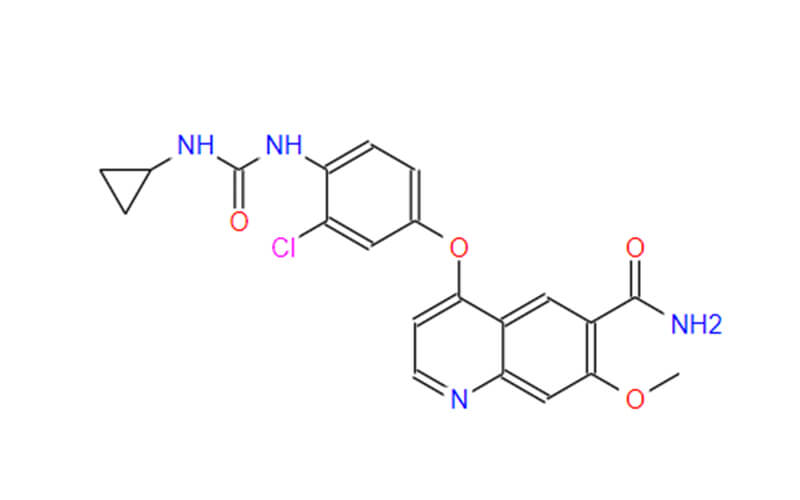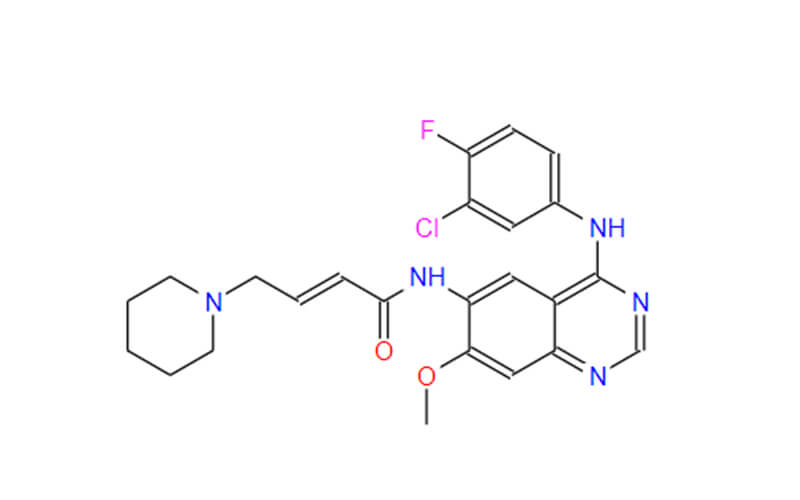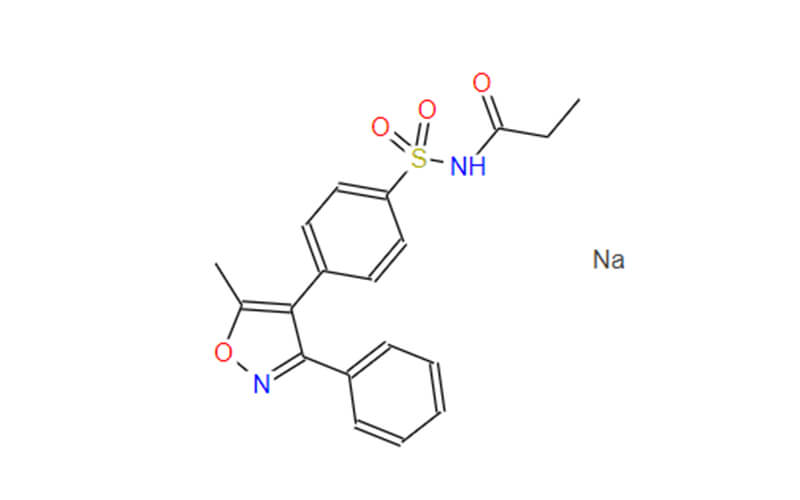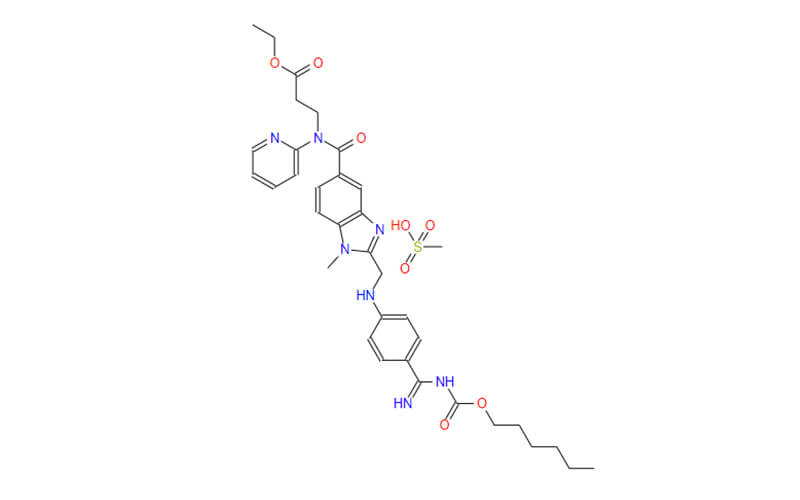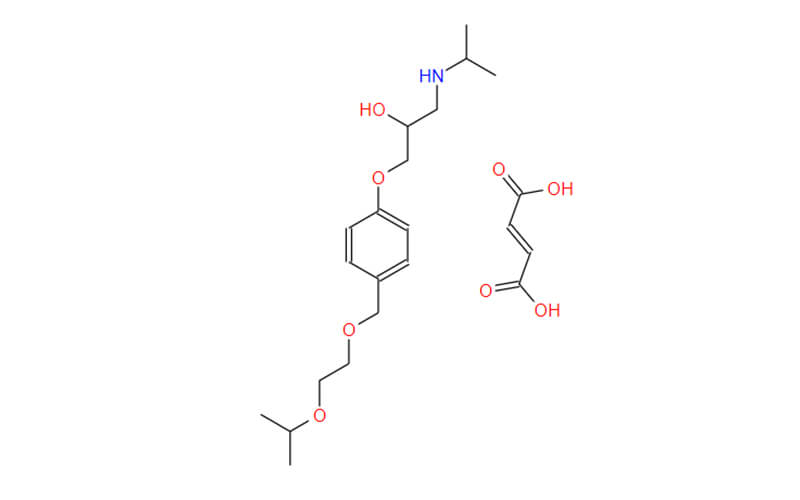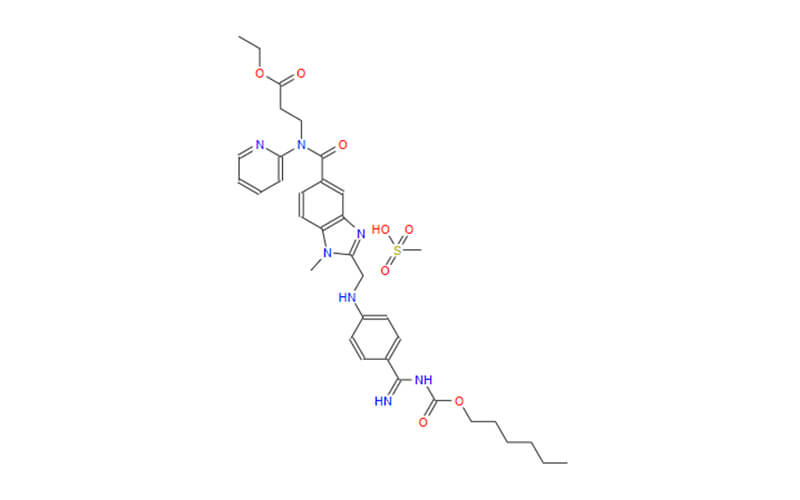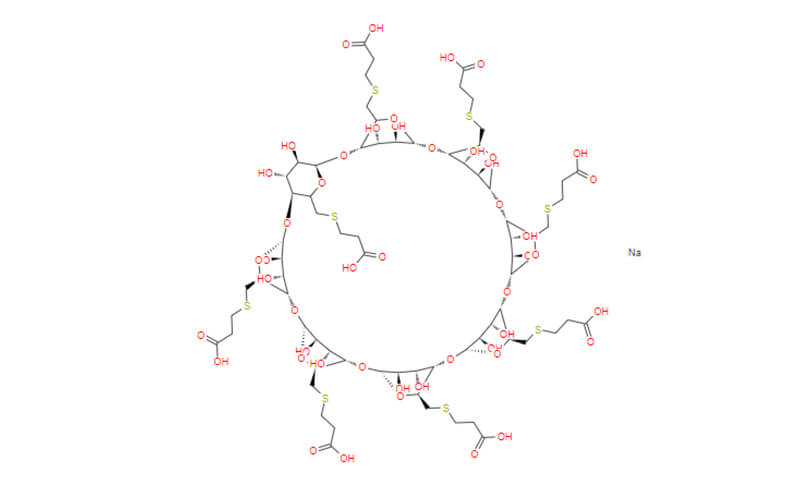How Ruxolitinib API Drives Jakafi’s Effectiveness in Myelofibrosis and Graft-versus-Host Disease?
In the realm of medicine, where intricate molecular mechanisms dance hand-in-hand with human well-being, lies a story of ingenuity and hope. Jakafi, a medication prescribed for conditions like myelofibrosis and chronic graft-versus-host disease (cGVHD), owes its therapeutic prowess to a powerful engine – its active pharmaceutical ingredient (API), ruxolitinib. This article delves into the intricate workings of ruxolitinib, showcasing how it fuels Jakafi therapy and delivers relief to patients battling these challenging conditions.
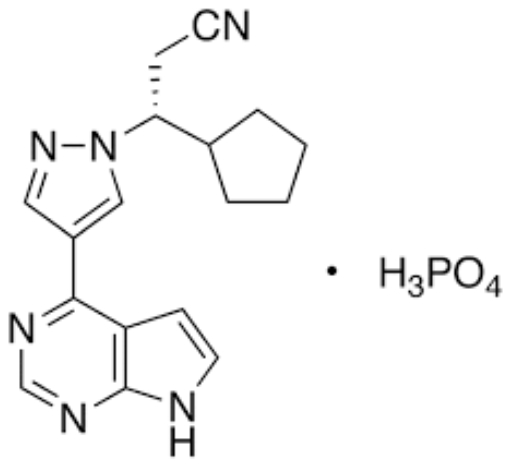
Unveiling the Foe: Myelofibrosis and cGVHD
Myelofibrosis, a rare myeloproliferative neoplasm, disrupts the bone marrow’s delicate dance of blood cell production. Scarring, known as fibrosis, replaces healthy tissue, leading to debilitating symptoms like fatigue, bone marrow enlargement (splenomegaly), and excruciating itching (pruritus). Adding to the burden, cGVHD can arise after stem cell transplants, where donor immune cells mistakenly attack the recipient’s tissues, wreaking havoc on skin, gut, and other organs. Both conditions leave patients yearning for solace and a return to normalcy.
Ruxolitinib API: The Engine of Hope in Jakafi Therapy
Ruxolitinib API is the powering of Jakafi therapy. This precision-guided weapon operates with laser-like focus, zeroing in on JAK1 and JAK2, the key culprits behind the inflammatory storm. Like a skilled warrior disarming an enemy, ruxolitinib binds to these JAKs, effectively throwing a wrench into the signaling pathway. By disrupting this molecular machinery, ruxolitinib disrupts the flow of inflammatory instructions, turning down the volume on the cellular chaos.
Jakafi Therapy: Dawn of Hope in Myelofibrosis
Ruxolitinib’s arrival in the battle against myelofibrosis marks a turning point, not just a skirmish. By strategically targeting the JAK battlefield, it orchestrates a multi-pronged attack on the disease, offering significant and tangible benefits for patients:
- Reclaiming Energy: The chronic fatigue that casts a long shadow over myelofibrosis begins to retreat. The energy-sapping grip loosens, replaced by a renewed vitality that allows patients to engage in daily activities with greater ease. Simple tasks, once monumental feats, become manageable again, bringing a sense of normalcy and independence back to their lives.
- Taming the Torment of Itching: The relentless torment of pruritus, the incessant itching that defines myelofibrosis, finally abates. The constant scratching, a physical and emotional drain, fades into the background, offering patients respite and restoring a sense of peace to their skin. This isn’t just symptom relief – it’s a reclamation of dignity and well-being.
- Shrinking the Spleen and Expanding Options: The enlarged spleens, a hallmark of myelofibrosis and a source of abdominal discomfort start to shrink under the influence of ruxolitinib. This physical improvement translates to decreased pressure on the stomach and lungs, easing pain and improving breathing. For some patients, this shrinking opens up possibilities for other treatments, such as stem cell transplants, previously off-limits due to the enlarged spleen.
- Beyond Symptoms: A Holistic Healing Effect: The impact of Jakafi extends far beyond individual symptoms. Patients report a profound improvement in their overall quality of life. The energy boost allows them to reconnect with loved ones and participate in activities they had to abandon. The reduced pressure on the spleen brings improved appetite and digestion, leading to better nutritional status and increased strength. The emotional burden of the disease lifts, replaced by a renewed sense of hope and optimism for the future.
- Blood Transfusion Independence: For many myelofibrosis patients, regular blood transfusions are a necessary but unwanted reality. Jakafi, by reducing bone marrow fibrosis and boosting blood cell production, can often decrease the need for these transfusions. This newfound independence from this invasive procedure empowers patients and offers a sense of control over their health.
Jakafi Therapy, fueled by the precision of ruxolitinib, paints a brighter future for myelofibrosis patients. It’s not just about symptom relief; it’s about rewriting the narrative of the disease, reclaiming lost freedom, and reigniting hope. Patients can return to activities they love, reconnect with loved ones, and face the future with newfound optimism, all thanks to this revolution in targeted therapy.
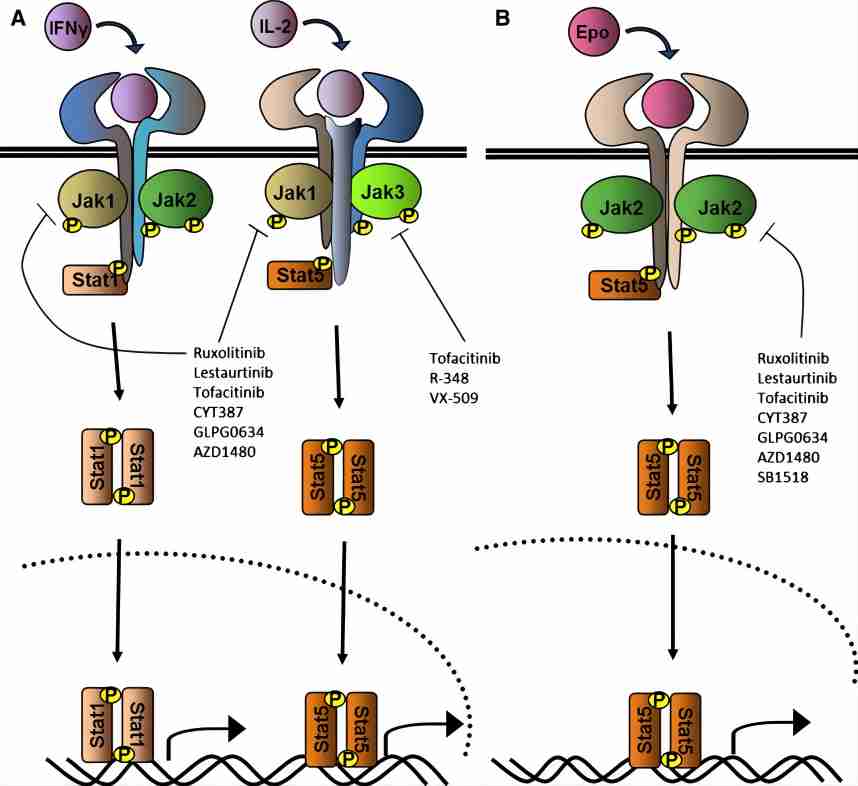
How Does Ruxolitinib Work for cGVHD Patients?
Chronic graft-versus-host disease (cGVHD) is a complex and often debilitating condition that can arise after a life-saving stem cell transplant. When donor immune cells mistakenly attack the recipient’s tissues, a cascade of inflammation wreaks havoc on the skin, gut, and other organs. For cGVHD patients, finding relief can feel like an insurmountable challenge. However, a beacon of hope shines in the form of ruxolitinib, a targeted therapy offering a new approach to managing this challenging condition.
Understanding the Enemy: The Inflammation Fueled by JAKs
At the heart of cGVHD lies an overactive signaling pathway known as Janus Kinase (JAK). JAKs act like molecular switches, turning genes on and off in response to various signals. In cGVHD, these switches are stuck in the “on” position, constantly churning out inflammatory molecules that damage healthy tissues. This relentless inflammatory storm is the culprit behind the debilitating symptoms experienced by cGVHD patients.
Enter the Precision Weapon: Ruxolitinib and its Targeted Attack
Ruxolitinib, the active ingredient in the medication Jakafi, is a precision weapon designed to disarm the enemy at its core. Unlike traditional immunosuppressants that broadly suppress the immune system, ruxolitinib acts with laser-like focus, specifically targeting JAK1 and JAK2, the masterminds behind the inflammatory cascade. By binding to these JAKs, ruxolitinib throws a wrench into the signaling pathway, turning down the volume of the inflammatory response.
Hope Blossoms: The Therapeutic Effects of Ruxolitinib in cGVHD
The impact of ruxolitinib in cGVHD is multifaceted, offering relief from a range of debilitating symptoms:
- Skin: The itchy rashes and blistering associated with cGVHD subside, offering much-needed comfort and improved quality of life.
- Gut: Chronic diarrhea and nausea diminish, allowing patients to regain control over their digestion and improve their nutritional intake.
- Fatigue: The crushing fatigue that often accompanies cGVHD lifts, restoring energy and enabling patients to engage in daily activities.
- Steroid Reliance: Ruxolitinib can offer a gentler alternative to high-dose steroids, the usual first-line treatment in cGVHD. This reduces the risk of severe steroid-related side effects, such as osteoporosis and diabetes.
- Beyond Symptom Relief: A Brighter Future for cGVHD Patients
The benefits of ruxolitinib extend beyond immediate symptom relief. Studies have shown that it can reduce the need for additional immunosuppressive medications, potentially lowering the risk of infections and other complications associated with these drugs. Additionally, ruxolitinib has been shown to improve lung function and overall survival rates in some cGVHD patients, offering a glimmer of hope for a future free from the constant threat of this disease.
A Trusted Journey from API to Patient: The Ruxolitinib Story
The efficacy of Jakafi wouldn’t be possible without the meticulous efforts of ruxolitinib manufacturer, Incyte Corporation. From the painstaking optimization of ruxolitinib’s chemical structure to rigorous clinical trials, Incyte has navigated the intricate landscape of drug development with unwavering dedication. Today, Jakafi stands as a testament to their commitment to scientific innovation and alleviating human suffering.
Beyond Myelofibrosis and cGVHD: A Glimmer of Hope for More
The story of ruxolitinib isn’t confined to these two conditions. Ongoing research explores its potential in other JAK-related diseases, including inflammatory bowel disease and rheumatoid arthritis. The future holds promise for even broader applications, opening doors to a brighter horizon for patients battling a spectrum of diseases with common inflammatory threads.
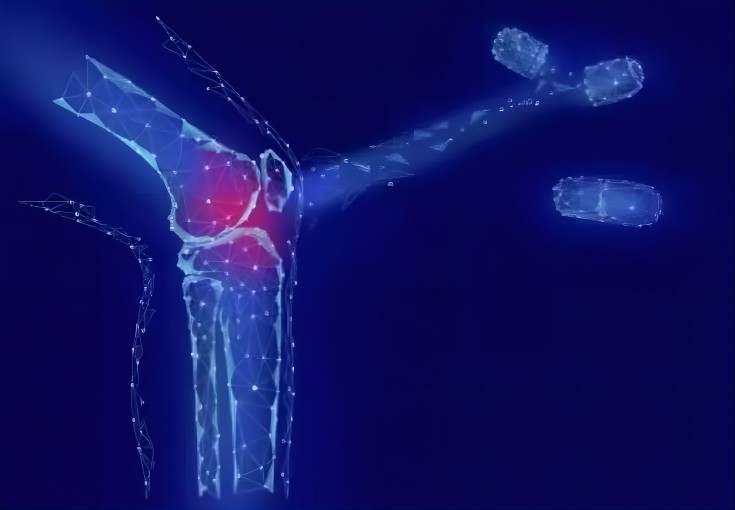
Conclusion: A Testament to Scientific Ingenuity and Human Resilience
The journey of ruxolitinib, from the intricate workings of the JAK signaling pathway to its real-world impact on patients’ lives, stands as a testament to the power of scientific ingenuity and human resilience. Each dose of Jakafi, fueled by the potent ruxolitinib API, whispers a story of hope – a story where debilitating conditions are tamed, symptoms subdued, and lives transformed. As research paves the way for broader applications, the ripple effects of this scientific triumph hold the potential to touch countless lives, leaving a legacy of improved well-being and a testament to the unwavering pursuit of medical breakthroughs.

